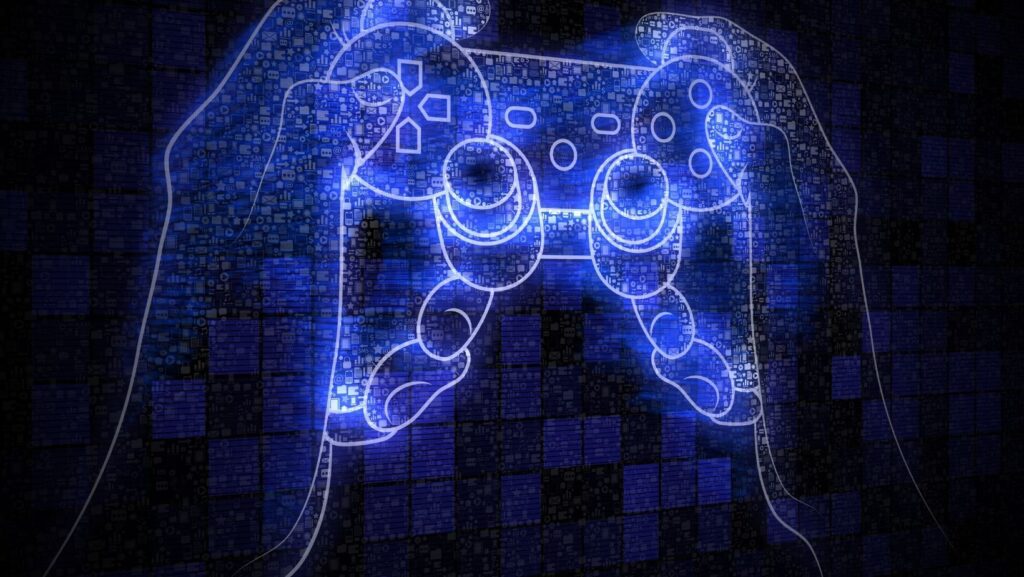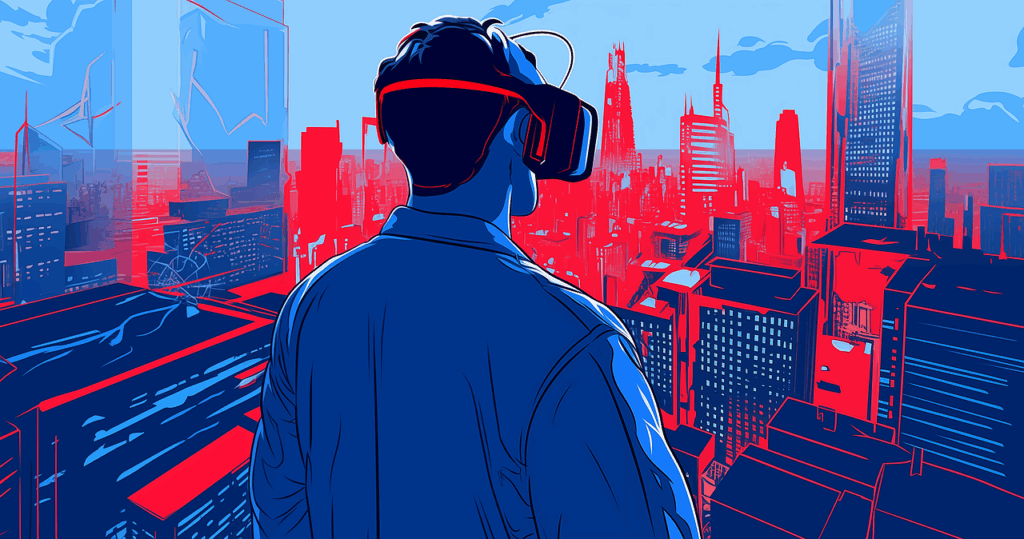According to a report by Omdia, the global games industry will be earning an estimated 234 billion in revenue by 2025. Interestingly, more than $71 billion of that will be spent on the technology vendors, the companies that assist in powering the technology behind the scenes of the games. These vendors have increased their market share to above 30 percent of the entire value of the market.
Technology is no longer a sideshow. It’s now a main player. Now, that same tech is shaping what gaming looks like, who participates in it, and how it grows.
Automatization Has Quietly Become a Standard
Across many parts of the games industry, automation is no longer a futuristic idea; it’s expected. Studios now use it to test game builds, run updates, and adjust balancing without needing large QA teams. Backend systems use automated workflows to manage patches, matchmaking, and even in-game economies. It saves time and cuts down on human error.

This trend extends beyond game development. Automation is also reshaping how services and user interactions are managed across the industry. In competitive online titles, automated anti-cheat systems constantly scan for irregular behavior. Automatization has also become a familiar feature on casino gaming platforms, particularly those built around fast, repeatable formats. Sites with such features are crash game sites, where short rounds and rapid outcomes demand quick actions for games like Plinko, Aviator, and more.
So now, on crash game sites featuring Aviator, features like auto-bet and auto-cashout are the standard. These tools allow players to automatically place bets for the next round or exit a session at a set multiplier, removing the need for constant manual input. In formats where timing is everything, these features are now expected rather than optional.
And even outside of competitive gaming, casino, and other types of gaming automatization, like esports broadcasting and content creation, it’s gaining strong ground. The automation is used to manage live overlays, cue replays, and handle real-time audience analytics. The question is, are there limits to its application?
AI Is Changing the Rules of Game Design
Artificial intelligence has been involved in the field of gaming for decades. What used to be mere patterns and predictable NPCs has now been developed into much more complex systems. Today, developers use AI to make smarter characters, better animation systems, and even create content in real-time.
Consider Halo 2, in which the enemies behave in coordinated manners in a battle. These AI-driven behaviors follow logical routines that are more realistic. Ubisoft’s team behind Assassin Valhalla went one step further and utilized AI in assisting them in the development of narrative content, which previously was purely written by script.
Although the majority of commercial games continue to be based on predetermined behavior, the goal is obvious. Smarter AI can help studios offer deeper gameplay. But pushing the tech too far without control can lead to unpredictability. Once AI begins to make all the decisions, one cannot be certain whether the game will be worth playing at all.
Graphics Keep Getting Better And Better, But At What Cost?
Ray tracing, high-polygon models, and visual physics are taking visuals to the extreme. Companies like Nvidia and AMD have made graphics cards that support these features more available, at least when supply chains aren’t under pressure. These tools are allowing big publishers to bring real-life scenes to life, from the way light bounces off surfaces to how shadows move in real time.
But better graphics aren’t cheap. To be able to work on even the tiniest details of the visuals, an entire team is usually hired in the studios. This is common in triple-A titles where budgets stretch into the millions. Indie developers, however, turn to an alternative route by making their work bolder or stylized to make it noticeable without the same amount of technical effort put into it.
Game makers are increasingly split between going big or going smart. What matters more: showing off visual realism, or keeping the art style manageable so the budget stays under control?
The Metaverse Isn’t Here Yet, But Games Are Already Moving That Way
The word “metaverse” might still sound futuristic, but parts of it are already showing up in games. Roblox and Fortnite are clear examples: places where users don’t just play, but participate in social events, build content, and interact with branded experiences. Gucci hosted a virtual exhibition in Roblox, and Fortnite users attended in-game concerts with their favorite characters.

While the full metaverse is still years away, the direction is obvious. Developers are beginning to build games that go beyond the standard play-and-repeat format. These new spaces are about connection, not just competition. If tech companies succeed in building full-scale metaverse platforms, gaming may start to look a lot more like virtual life.


